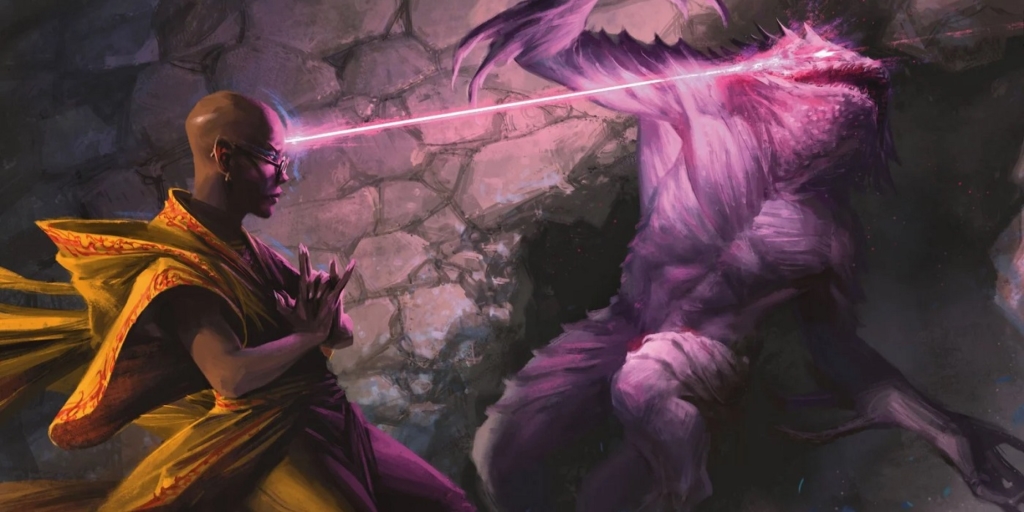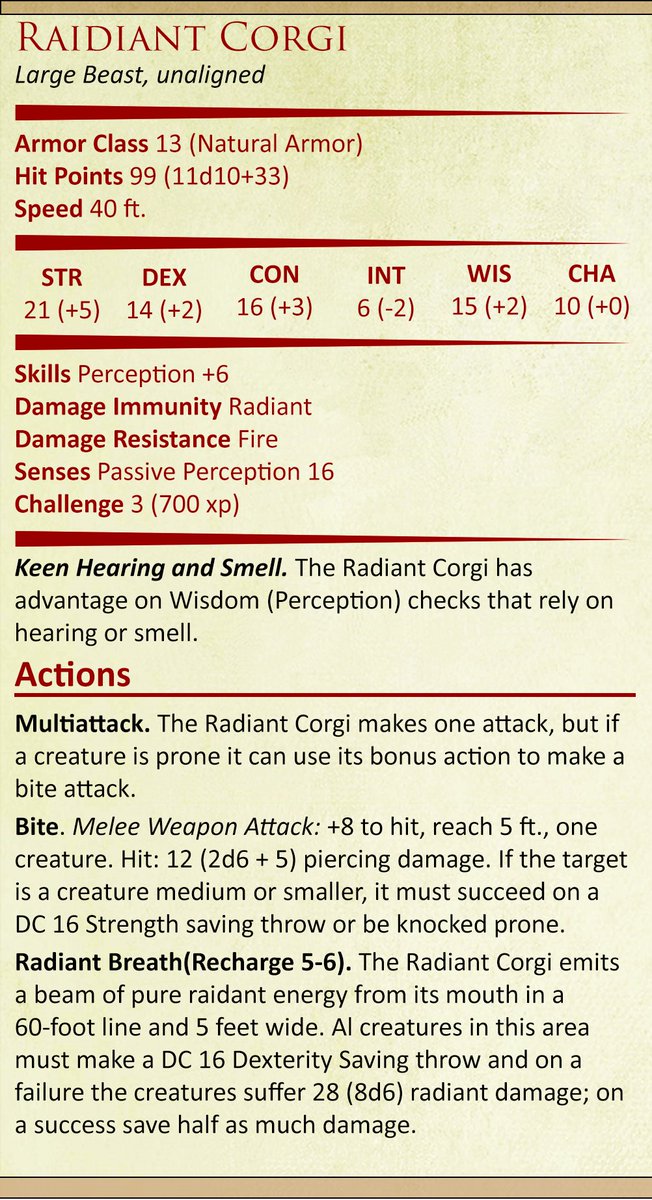

Magical damage types include damage done from magical sources. With all this talk about what isn’t magical, let’s switch gears and look at what magical damage is. So, a lava pit deals non-magical fire damage (albeit, a lot of it).
Does the lava pit’s description say it’s magical? – No. Is the lava pit fueled by the use of spell slots? – No. If you answer "yes" to any of those criteria, the damage is magical. Does its description say it’s magical? Source: Sage Advice Compendium ( as of writing this post). Is it fueled by the use of spell slots?. Is it a spell? Or does it let you create the effects of a spell that’s mentioned in its description?. This is because of the advice found in the Sage Advice Compendium that outlines whether an effect is magical or not: But, as it stands, things like a campfire, a lightning strike during a storm, or even the breath weapon attacks of D&D’s dragons don’t deal magical damage. Some DMs might include elemental damage as magical. Now, I will admit, this kind of depends on your DM. Swords, bows, axes, clubs, and any number of other basic weapons deal non-magical weapon damage.īut, non-magical damage includes natural elemental effects and fall damage as well. Which is pretty much all basic weapons in D&D. That is, damage resulting from an attack made with an unenchanted, non-magical weapon. Usually, when a player or DM refers to non-magical damage, they mean mundane weapon damage. But, it also refers to non-magical elemental effects as well. These include bludgeoning, piercing, and slashing damage. As such, this is sometimes called weapon damage. Non-magical damage applies almost exclusively to mundane weapons. The distinction gets a bit nebulous at times. But, some abilities and mechanics (like resistances, which I’ll also get to in a bit) use damage types.Īlso, if you’re a Dungeon Master, knowing the damage types helps you flavor your monsters, traps, and environments.ĭamage types in 5e fall into two general categories: non-magical and magical. For example, five points of slashing damage and five points of fire damage do the same thing mechanically they deal five points of damage. On their own, damage types don’t do anything special. Damage types have no rules of their own, but other rules, such as damage resistance, rely on the types." DnD Beyond: Basic Rules – Combat (Damage Types) "Different attacks, damaging spells, and other harmful effects deal different types of damage. of the Player’s Handbook explains damage types. D&D damage types are the types of damage an attack, ability, trap, or obstacle may do. Honestly, the concept is as simple as that. D&D Damage Types Explained There are 13 D&D damage types that describe how a creature harms anotherĭamage types in D&D 5e explain how an attack or other effect damages a creature or target. Let’s start with explaining what D&D damage types are. Vulnerabilities, Resistances, & Immunities. 
This post covers everything a starting D&D 5e player or Dungeon Master needs to know about damage types. But, they become important in specific combat scenarios.

They don’t really have rules on their own. The damage types in Dungeons & Dragons 5 th Edition can be a bit confusing as to why they’re important.







 0 kommentar(er)
0 kommentar(er)
